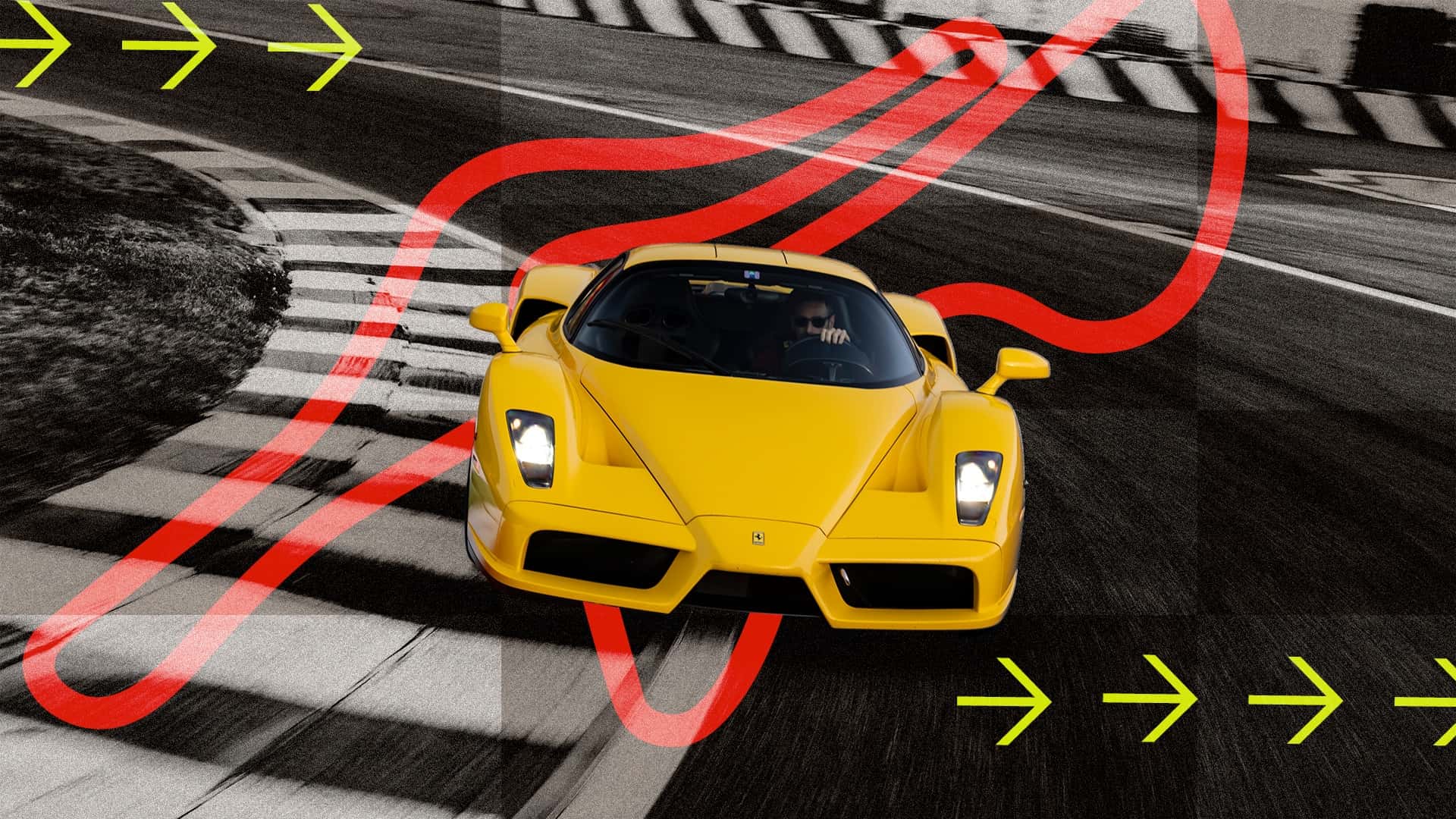Ferrari's 80s-Era 650-HP Monster Powered By A Twin-Turbocharged V8
Ferrari has had a storied history in motorsport. Currently, the prancing horse stands as one of the front-running teams in Formula One and has also seen great success in endurance racing. Beyond that, its XX program aims to develop technology that will be used in future production models.
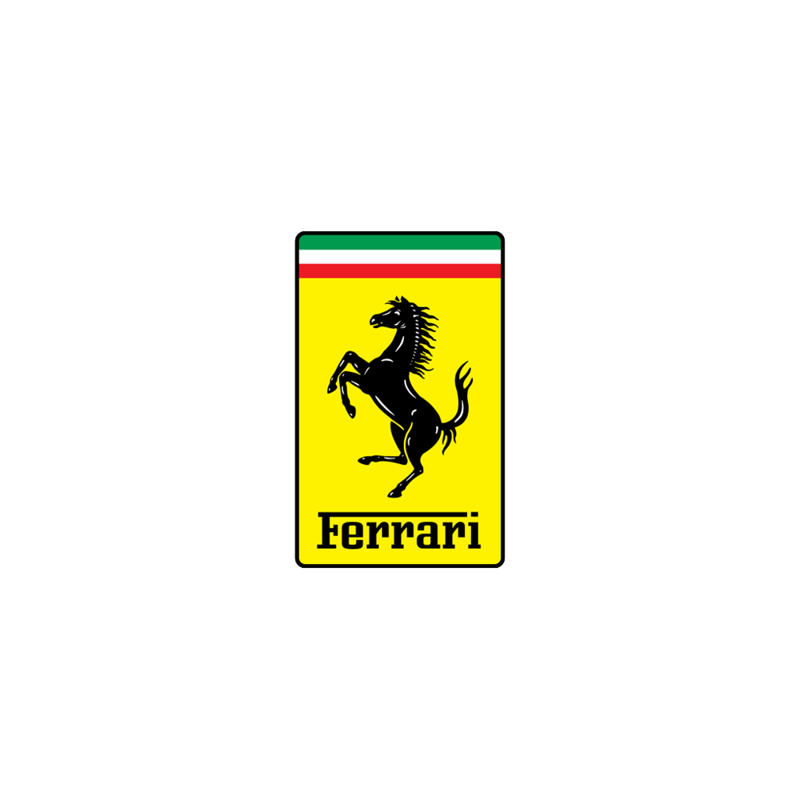
249-1.png
Ferrari
Ferrari is an Italian manufacturer of sports cars, supercars, and luxury grand tourers founded by and named after Enzo Ferrari in 1939 - originally as Auto Avio Costruzioni due to legal complications with Alfa Romeo. Ferrari famously only produced roadgoing sports cars as a means of funding its racing exploits, which include multiple F1 World Championships and wins at Le Mans and various other prestigious races. Today, Ferrari is one of the most valuable brand names in the world, limiting production of its highly-sought-after models to maintain desirability, which is in no short supply when they're powered by some of the world's most advanced V6, V8, and V12 engines.
While its participation in Formula One and endurance racing is well known, at one point, the Italian automaker wanted to enter into the famed and notoriously grueling world of Group B racing. Their weapon of choice was a hardcore offshoot of the Ferrari 288 GTO called the Ferrari 288 GTO Evoluzione.
This article focuses on the history of the Ferrari 288 GTO and the Ferrari 288 GTO Evoluzione.
The Ferrari 288 GTO
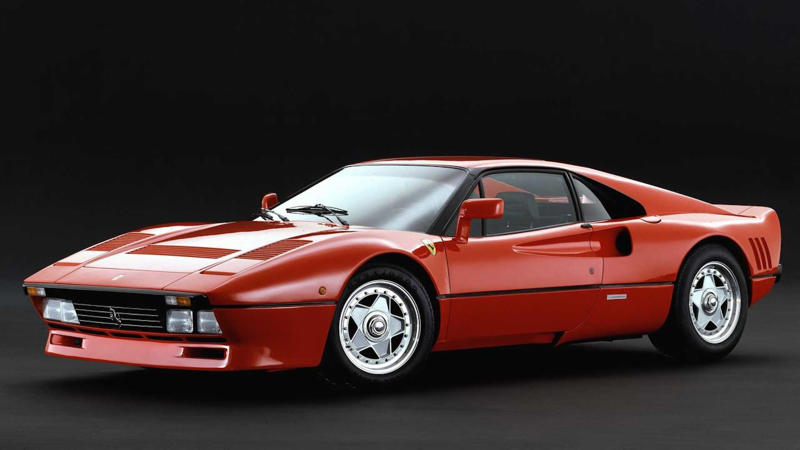
Ferrari-288_GTO-1984-3
Engine | 2.8-liter, twin-turbocharged, V8 |
|---|---|
Horsepower | 400 hp @ 7,000 rpm |
Torque | 366 lb-ft @ 3,800 rpm |
0-62 | 4.9 seconds |
Top speed | 189 mph |
To properly understand the history and background of the Ferrari 288 GTO Evoluzione, we first have to talk about the model that laid the foundation for it: the Ferrari 288 GTO. The introduction of the Ferrari 288 GTO was a significant milestone for Ferrari because it was a cutting-edge machine underpinned by technology and hardware that wasn't present in the automaker's vehicles before its arrival and was the successor to the iconic Ferrari 250 GTO.
The world's introduction of the Ferrari 288 GTO (also known as the Ferrari GTO) happened in September 1983 and was fully unveiled the following year at the Geneva Motor Show. Ferrari intended to produce a low-volume, high-performance sports car based on the Ferrari 308 GTB, but it was a more radical offshoot that was different in numerous ways. For example, the Ferrari GTO was the first production road car to utilize a longitudinally mounted 90-degree V8 and the first V8 engine to employ a twin-turbocharger system, whose performance was furthered by the pairing of a five-speed synchromesh transmission with a removable end case. It was a racing engine purposed for use in a road car.
Aside from its potent powertrain, the Ferrari GTO's physique, which drew some inspiration from the Ferrari 308 series, was noticeably different and designed by Pininfarina. Some of the characterizing exterior elements included rounded front and rear wings, triple vertical slotted exhausts, a front valance spoiler, wing mirrors mounted on lengthy stalks, louvers, and more. Below its muscular frame was a tubular steel frame with a longer wheelbase than the Ferrari 308 and was accompanied by cross bracing, sub-structures to support the engine, independent wishbone suspension, coil springs, telescopic dampers, and a braking system that included large servo-assisted ventilated brakes.
It was an extremely capable machine, especially in comparison to the Ferrari 308 series, and one that caused Ferrari to go over its initial production limit of 200 units, ultimately birthing 272 examples of the sultry 80s sports car. This high-performance model laid the foundation of one of the coolest cars Ferrari ever penned in the 20th century and produced at the Maranello factory.
Built To Race
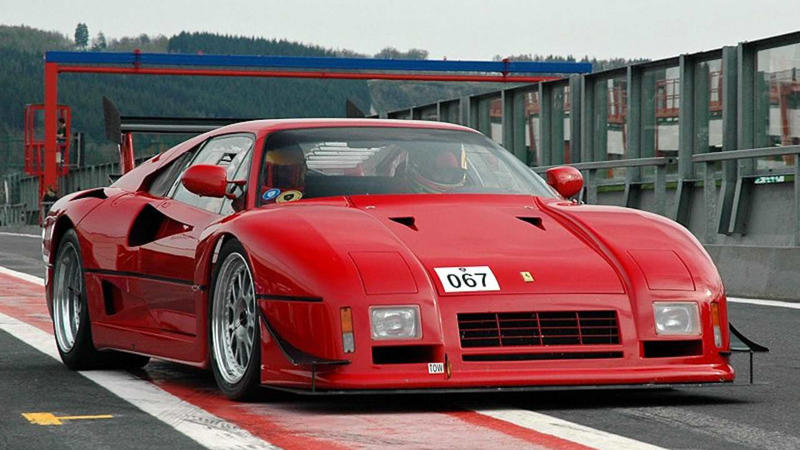
1986-ferrari-288-gto-evoluzione-4
During the mid-1980s, the world was enthralled by Group B rallying to such an extent that it trumped the popularity of Formula One racing. Add to that the fact that the savagery of the Group B rallying world was populated by hardcore offshoots of regular production models that raced across varying locations, all promising a showcase of the highest form of white-knuckle racing by some of the world's most impressive drivers. This caught the attention of Ferrari, which decided to build a model specifically for Group B, and this was the birth of the Ferrari 288 GTO Evoluzione.
The Evoluzione model debuted in 1986, and while the Ferrari 288 GTO was a production car with the features of a race car, the Evoluzione was a thoroughbred race car. Responsible for the road-going version, Pininfarina was once again brought into the fold and further bastardized the GTO's physique, imbuing the Evoluzione with even crazier and ostentatious bodywork that was construed from a medley of kevlar and fiberglass to reduce the cars overall weight. Most notably, its massive rear wing was made from carbon fiber, one of the earliest examples of the material used by Ferrari.

Ferrari 208 GTB Turbo
This 80s Ferrari Introduced Turbocharging To The Prancing Horse’s Road Cars
Find out how turbocharging became an integral feature of many iconic Ferraris.
While it used the same engine as the Ferrari 288 GTO, the Evoluzione's version of the 2.8-liter V8 engine featured larger turbochargers and more refined engine tuning. The result of Ferrari's efforts was an increase from 400 hp in the Ferrari 288 GTO to 650 hp, which is an insane number on its own, but that number is even crazier when we consider that the entire car weighed 2,072 pounds. Unlike the Ferrari 288 GTO, the Evoluzione was used in a competition setting, mainly in Group B tarmac racing events, but privateers did this. The changing rules and landscape of racing that this model was intended for meant that it never reached its full potential.
A Stillborn That Paved The Way For The Ferrari F40
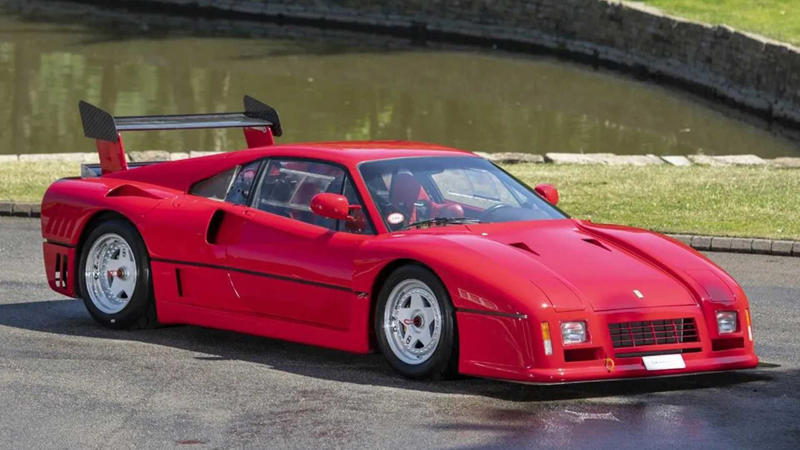
1986 Ferrari 288 GTO Evoluzione 7
Initially, Ferrari planned to produce 20 Ferrari 288 GTO Evoluzione examples. However, following the death of Henri Toivonen and co-driver Sergio Cresto, the FIA banned the series. This meant that the Ferrari 288 GTO Evoluzione had nowhere to race, resulting in the Ferrari 288 GTO Evoluzione having nowhere to race since it wasn't eligible for any other racing series, causing the Evoluzione project to be shelved.

1964 Ferrari 250 LM Exterior Front 3/4
This 1964 Ferrari 250 LM Did What No Other Prancing Horse Could
It came in first in the 1964 24 Hours of Le Mans and is the only privately owned Ferrari in history to take the overall win.
Ultimately, only six examples of the hardcore Ferrari were ever produced, of which one was a prototype. It is believed that all six still exist, with one on display at the Museo Enzo Ferrari in Modena, and an example has been sighted at high-profile events like the Quail Lodge and the Goodwood Festival Of Speed. Interestingly, one is believed to have been used as a prototype during the development of the iconic Ferrari F40. It is known that although the Ferrari 288 GTO Evoluzione never properly competed in Group B, the technology and knowledge gained during its development directly influenced and made its way into the Ferrari F40 and, to an extent, the Ferrari F40 LM.


































